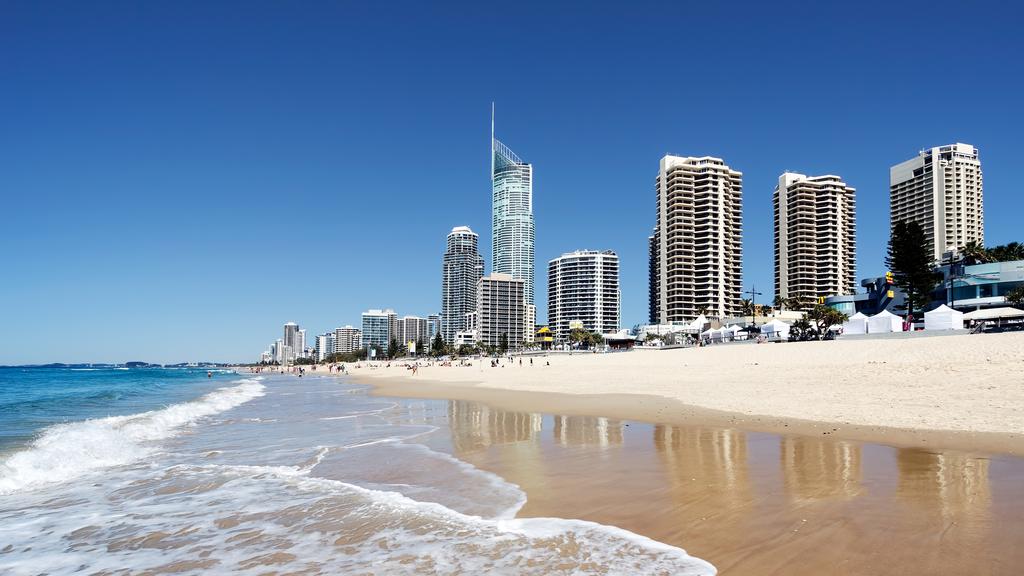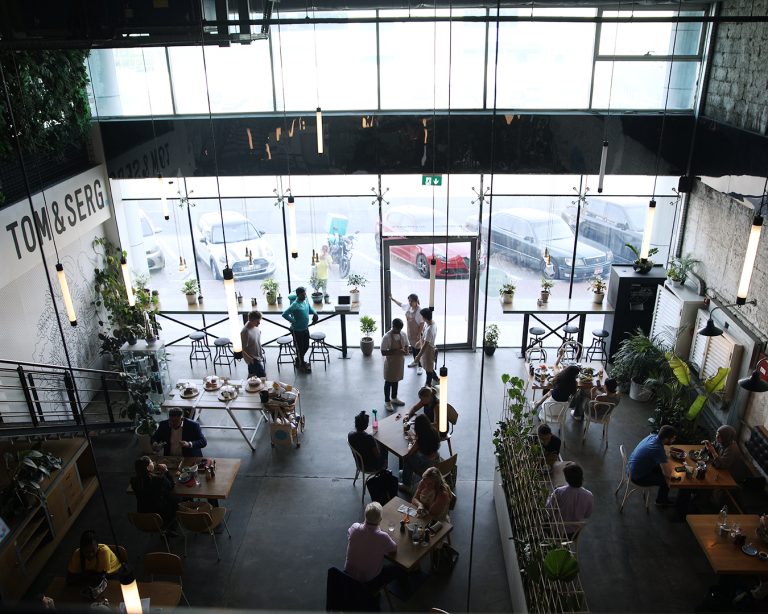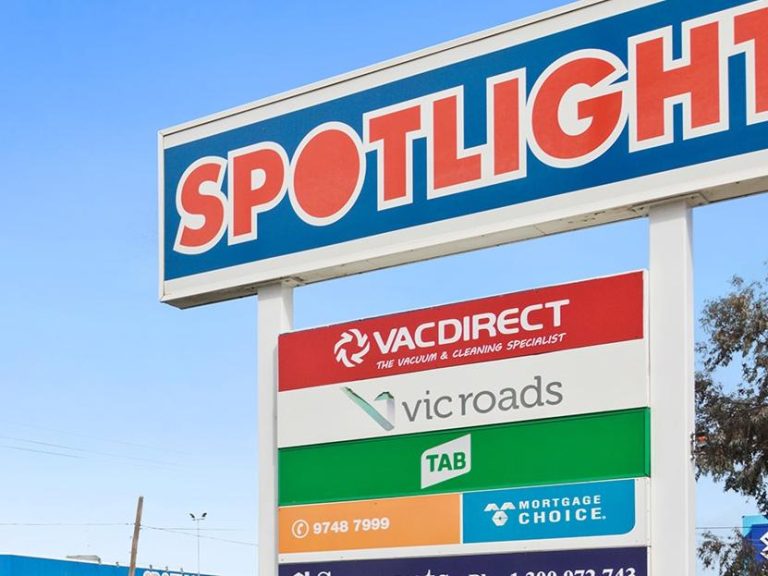Gold Coast apartment sales rise despite price hikes and supply shortage in June quarter

Gold Coast apartments are in demand.
New apartment sales rose on the Gold Coast in the June quarter, defying interest rate hikes and the impact of building companies collapsing.
There were 396 sales of new apartments during this period, up from 377 sales three months ago, data from Urbis showed.
The average price paid was $1.117m, 3.8 per cent higher than the previous quarter and just under the record high of $1.143m which was reached in the September quarter in 2020.
Colliers research revealed a general declining sales trend of new apartments since a record high of 742 in the March quarter of 2021.
Colliers Residential Gold Coast director David Higgins said sales for the last quarter may have been slightly higher than the March quarter but were well down compared to the peak in the first quarter of last year.
“Sales over the 18 months to June this year have all been significantly higher on a quarterly basis than the preceding 18 months and that reflects sustained demand in the market even through the first two interest rate increases,” he said.
From the September quarter of 2021 to March quarter to this year, there was a 104.4 per cent increase in apartment sales compared to a 55.1 per cent increase in house sales.
Supply constraints and ongoing demand are expected to drive apartment prices higher in the Gold Coast into the last quarter of the year.
Despite 875 apartments for sale across the Gold Coast, up from 411 in the March quarter as more were released into the market, that only represents about five and a half months of supply based on the current sales rate, data from Colliers showed.
Colliers Gold Coast director in charge Steven King said their findings reflected the supply shortage and continued market strength in the Gold Coast.
“Supply of new apartments is falling due to the increased cost of construction, which for high rise apartment projects over the last 16 months has risen by more than 25 per cent,” he said. “Demand for new apartments remains solid but with a reduced supply, we expect prices to continue rising especially if the supply shortage becomes more critical.”
There has also been an increase in offshore investors who entered the market in the June quarter, contributing to 4 per cent of total sales during that quarter.
Mr Higgins said the emerging trend of foreign purchasers were re-entering the southeast Queensland investment market.
“We’ve also noticed that the dynamic interest rate environment has had less of an effect on owner-occupier stock above $1.5 million in comparison to the bottom end of the market,” he said.
“Should they continue, both of these emerging trends will add another layer of continued demand pressure in the medium term.”







